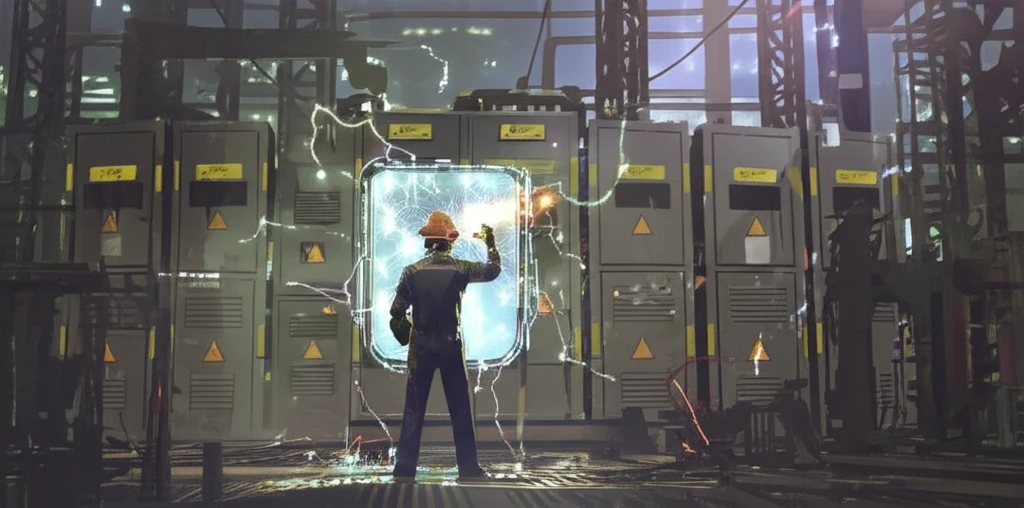
Arc Flash: The Silent Workplace Hazard and How to Tame It
"Protecting your personnel and equipment with cutting-edge arc flash mitigation techniques in low-voltage environments"
In the realm of workplace safety, electrical hazards loom large, with arc flash incidents being a particularly grave concern. Arc flash is a dangerous electrical explosion that can occur when a fault in an electrical system creates an arc of intense heat and energy. These events can result in severe burns, equipment damage, and even fatalities. As awareness of these dangers grows, so does the demand for effective mitigation strategies.
The National Electric Code (NEC) has taken note of this growing concern, introducing requirements in section 240.87 to reduce clearing times of overcurrent protective devices. This focuses on systems with a continuous current rating of 1200A or higher. One of the key methods highlighted by the NEC is the use of energy-reducing arc flash mitigation systems. These systems are designed to minimize the energy released during an arc flash event, thereby reducing the potential for harm.
This article delves into the world of arc flash mitigation, exploring the innovative technologies and strategies that are revolutionizing electrical safety. We'll break down the complexities of these systems, making them accessible and understandable for a broad audience, including those who may not have a deep technical background. By the end, you'll have a clearer understanding of how to protect your personnel and equipment from the devastating effects of arc flash.
What are Energy-Reducing Active Arc Flash Mitigation Systems?

Traditional methods for mitigating arc flash hazards often rely on the clearing time of upstream overcurrent protective devices, such as circuit breakers. However, these devices have a limiting factor: their clearing time. Power circuit breakers, for instance, can take as long as 4 cycles (approximately 67 milliseconds) to clear a fault. In high-fault current systems, this delay can be too long to adequately reduce incident energy. High incident energy events often lead to equipment damage and can cause burn injuries requiring personal protective equipment (PPE).
- Zone-Selective Interlocking
- Differential Relaying
- Energy-Reducing Maintenance Switching with Local Status Indicator
- Energy-Reducing Active Arc Flash Mitigation System
- An instantaneous trip setting that is less than the available arcing current
- An instantaneous override that is less than the available arcing current
- An approved equivalent means
The Future of Arc Flash Safety
As industries continue to prioritize personnel safety and equipment protection, the demand for effective arc flash mitigation strategies will only increase. Current limiting arc quenching devices represent a significant leap forward in arc flash safety, offering superior personnel protection, advanced equipment protection, and reduced downtime. By understanding the principles behind these technologies and implementing them in your facilities, you can create a safer and more productive work environment.
